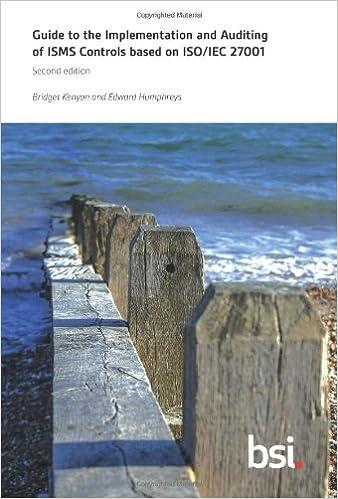Question
Friday and Crusoe have identical utility functions described by the following table: number of oranges utility level 1 50 2 59 3 67 4 74
Friday and Crusoe have identical utility functions described by the following table: number of oranges utility level 1 50 2 59 3 67 4 74 5 80 6 85 7 89 8 92 (a) Assume that there are 8 oranges to be divided between Friday and Crusoe. Take a utilitarian view and assume that social welfare is the sum of the utilities of individuals. Using the data above, what is the social welfare level corresponding to each possible allocation of oranges? What allocation maximizes the social welfare? Show that the allocation that maximizes the welfare has the property that the marginal utility of an extra orange given to each individual is the same. (b) Now take a Rawlsian welfare view and find the social welfare level associated with each allocation of oranges. What allocation maximizes the social welfare. (c) Now assume that initially Crusoe has 6 oranges and Friday has 2.Assume that for every 2 oranges taken away from Crusoe, Friday gets only 1, indicating the loss of an orange in the process. Which of the feasible allocations maximizes the social welfare with a utilitarian social welfare function? With a Rawlsian welfare function? What general conclusion can you draw from this exercise?
Step by Step Solution
There are 3 Steps involved in it
Step: 1

Get Instant Access to Expert-Tailored Solutions
See step-by-step solutions with expert insights and AI powered tools for academic success
Step: 2

Step: 3

Ace Your Homework with AI
Get the answers you need in no time with our AI-driven, step-by-step assistance
Get Started


